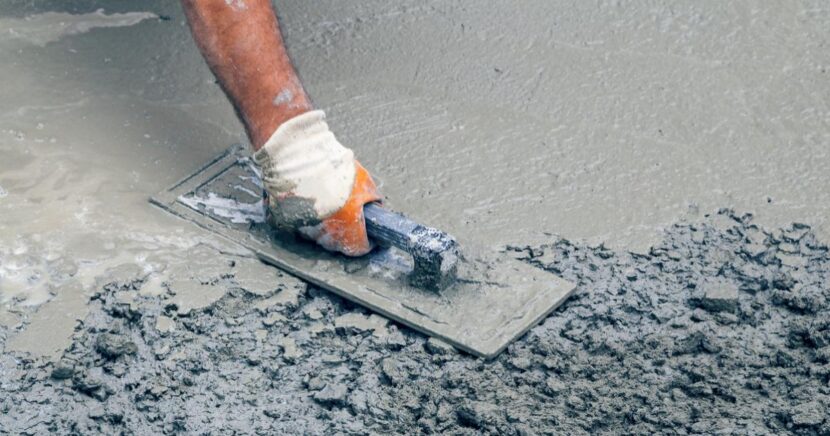Concrete slabs Melbourne is one of the most versatile building materials on the market. Poured into molds to form almost any desired shape, it can also be formed on site to achieve the desired Concrete is an affordable building material with multiple uses, making it an attractive solution. Plus, its long service life helps conserve resources while decreasing repair and replacement needs.
Concrete buildings can also protect residents in areas vulnerable to wildfires by being fireproof; making these structures safer for inhabitants than other forms of construction.
Versatility
Recycling concrete materials is also possible; crushed bricks, coke breeze and oyster shells have all been utilized as aggregate in the past. By using recycled materials as part of construction projects, less raw material is required – which benefits both the environment and wallet!
Concrete is highly energy efficient. Its insulating properties help keep buildings warm in cold climates while its sun reflecting properties can help prevent overheating in warmer environments. Furthermore, its soundproof properties make it an excellent choice for family homes or apartments near busy roads or city centers.
design. Used for skyscrapers, roadways, bridges and even pools or sidewalks – concrete offers endless possibilities when it comes to construction projects.
Durability
Concrete is one of the most durable construction materials available, standing up against weathering action, environmental forces, chemical attack and abrasion while still retaining its engineering properties.
Concrete stands apart from wood and steel in that it does not rust, providing an effective thermal insulator that can hold heat for several hours allowing time for firefighters to save lives and property from fires.
Durability in concrete depends primarily on its mix design, placement and curing process. This includes adding water reducing admixtures to reduce permeability while waterproofing ones protect against chloride penetration and alkali silica reactions (ASR).
Recycled aggregates and cement, fly ash, ground granulated blast furnace slag (GGBFS), waste glass and even ground vehicle tires can all be added to concrete mixes to help boost their performance and lower production costs while simultaneously decreasing wastes; this practice is known as sustainable design. Furthermore, concrete is inedible to insects and vermin making it an excellent choice for marine applications.
Fire Resistance
Concrete framing materials make a good choice for those seeking fireproof homes, due to its slow heat transfer rate. Concrete’s resistance against intense fire pressure means it doesn’t release harmful gases, smoke or molten particles – one reason the World Trade Center towers remained standing even during jet fuel fires that ultimately brought them down on Sept 11, 2001 [source: The Concrete Center].
Fireproof concrete can save lives and mitigate fire-damage to buildings quickly, making restoration and reuse possible more quickly than other materials and reducing the need for additional safeguards like sprinkler systems.
Concrete is also more energy-efficient than wood and provides superior soundproofing, keeping residents more comfortable during seasonal temperature shifts and decreasing drafts during seasonal temperature fluctuations. Plus, its long lifespan and low maintenance requirements make it a more eco-friendly material than other building materials – leaving a smaller carbon footprint than others while using abundant locally available ingredients for production.
Low Maintenance
Concrete stands up well against wear and tear, unlike wood, pavers and stone which require periodic sealing or resurfacing to remain in good condition. Concrete remains an exceptionally resilient material requiring little upkeep.
Concrete is an economical choice for building construction in both hot and cold climates, offering cost-saving insulation benefits. Furthermore, its low permeability helps lower energy costs by decreasing heating/cooling needs in rooms.
Due to its open nature and low energy needs for production, wood fiberboard building materials provide free air circulation while keeping temperatures stable without being trapped by walls or barriers. Furthermore, their production requires less energy than other building materials.
Concrete does not require special conditions for setting, which makes the whole process simpler for builders and customers alike. That means less stress on a job site and more time spent getting work completed – which translates to increased profits for both.

